Trefal Stone
The following article by Nick Dermody about the Trefal Stone appeared on the BBC Wales website on 24 May 2012.
‘Archaeologists are to exhume and analyse human bones found under a prehistoric monument only recently identified as a burial site cap.

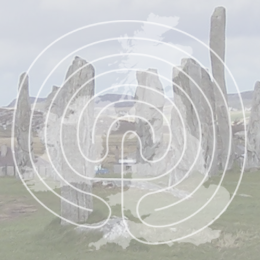
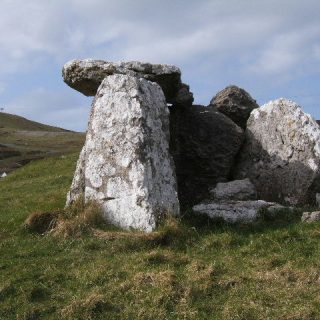
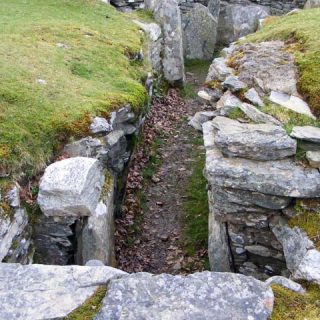
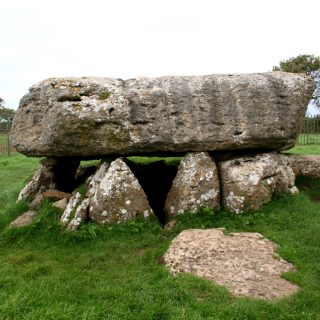
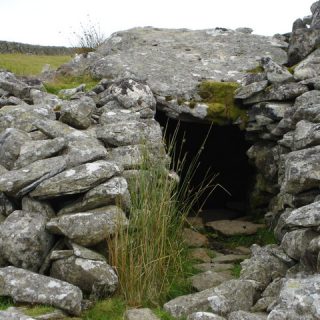
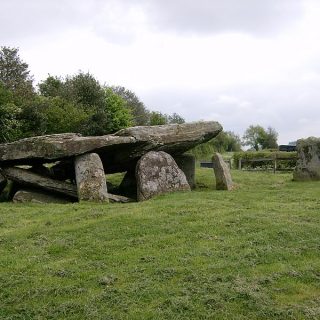
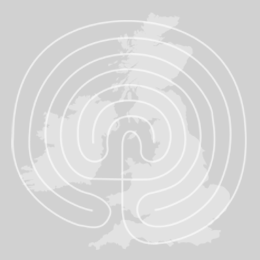


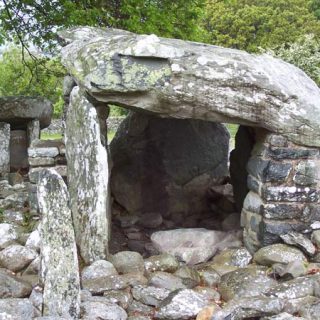
Recent Comments